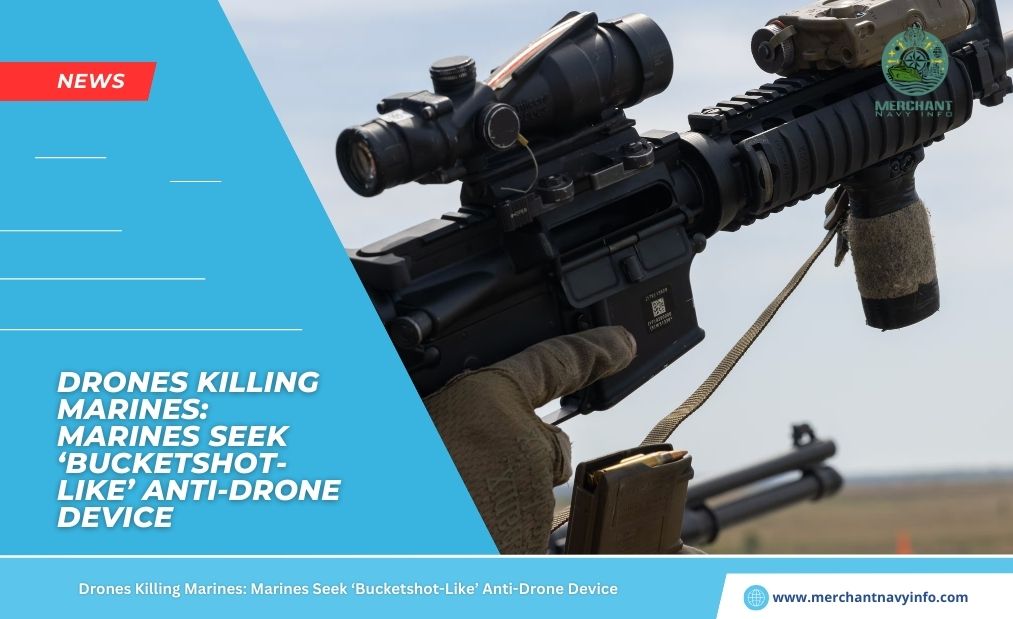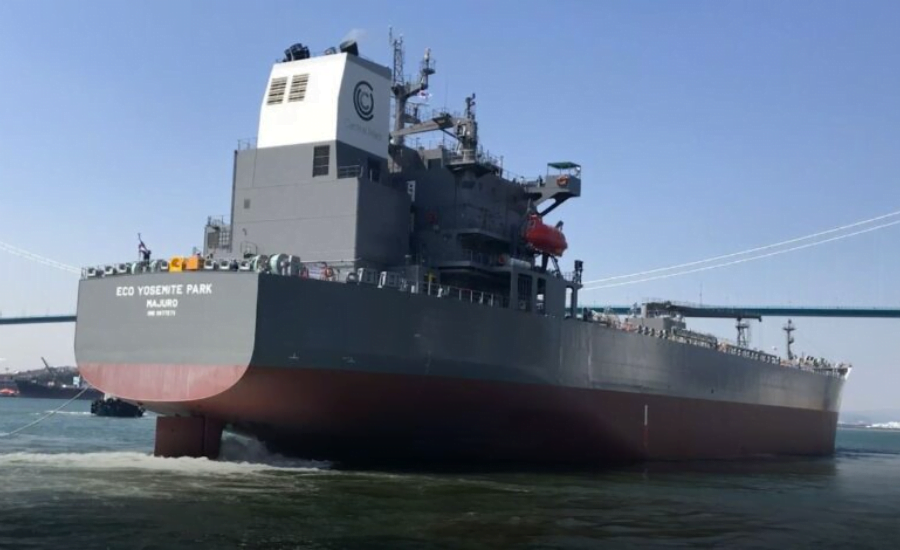
In a warehouse, goods are handled manually or also with automatic machines. MHE in warehouse involves the use of a wide variety of tools and equipment to lift heavy and sometimes oversized packages. Modern warehouses have a wide range of equipment, most of which is used for the daily operations of receiving, storing, shipping, and also moving goods within the warehouse.
Such equipment, called warehouse material handling equipment or simply MHE, helps to reduce manual labor while performing a variety of tasks safely and also efficiently. Different types of material handling equipment are used to handle different types of cargo, including B. Bulk goods or individual boxes. Bulk materials may be solid, liquid, or gaseous.
Material Handling
This includes the tasks that must be performed to move goods from one point to another within a warehouse or factory or between widely separated locations. Material handling equipment is used throughout the entire process of physical movement or storage of goods. It is used in the movement of a raw materials and in the production process.
MHE in warehouse is used to handle finished an goods during storage, transportation, and also distribution. This means that MHE in warehouse is required in every physical aspect of the supply chain. Efficient material handling with the right material handling equipment is needed throughout the supply chain to keep costs low and also service quality high.
Proper MHE in warehouse helps to prevent damage to goods while ensuring the safety of those handling the goods. These ensure the continuous movement and also flow of goods. MHE in warehouse helps to perform various functions in a timely manner by eliminating wasted movements minimizing and also optimizing necessary movements.
Types of Material Handling Equipment
Depending on the type of goods handled, some use material handling equipment. B. Specific types of conveyors Belts or rollers, friction or gravity to move goods.
Typically, material handling equipment includes:
- Manual pallet trucks
- Battery-powered, operator-controlled pallet trucks
- Forklifts and reach trucks
- Cranes
- Elevators
- Conveyor systems
- Robotics
- Protective covers and safety equipment
Manual Pallet Trucks
Manual pallet trucks are equipped with wheels and have stable and sturdy forks at the front. They are ergonomically designed and use a pumping action on the handle to lift the pallet from below and move and lower it as required. Such pallet trucks are used to transport pallets over short distances in warehouses.
Battery Powered Pallet Trucks
Battery powered pallet trucks, on the other hand, use electrical energy from batteries mounted on the truck to move, raise and lower pallets. Some of them have an small platform for the operator to an stand on while operating the MHE. Both manual and battery-powered carts can typically carry loads up to 3000 kilograms.
Forklifts and reach trucks
A forklift or pallet truck is a motorized industrial vehicle used to lift, move, and lower loads in a warehouse or over short distances. A forklift can carry loads up to 50,000 kilograms. Larger forklifts are used to move cargo containers, etc.
Like forklifts, reach trucks are much smaller, making them easier to maneuver. They can maneuver quickly through narrow aisles to lift and lower loads. Using a telescoping mechanism, double-drawer reach trucks can move two pallets deep into a rack to lift and lower loads.
Cranes
The two most commonly used types of cranes in warehouses are overhead cranes and jib cranes.
Bridge Cranes
Overhead cranes are commonly used to lift and move large, heavy objects in manufacturing and assembly. They consist of a hoist on a bridge that usually runs on two rails that run the entire length of the warehouse. In addition, overhead cranes are used to access goods stored below the bridge.
Jib Crane
A jib crane is a lifting device mounted on a boom or jib, usually mounted on a wall or sturdy vertical column. The access area is limited as the hoist only travels along the length of the boom.
Lifts
Lifts are small platforms that can be a operated manually or by a motor. They are used to move goods vertically from the ground to a higher level or vice versa, where the goods are loaded onto a pallet truck for further positioning.
Conveyor System
This is another type of equipment used to move goods on a metal or rubber belt. Conveyor systems usually move goods horizontally between fixed positions in a warehouse or assembly unit. However, some systems use an gravity or friction to move up and down. For example, conveyor belts and roller conveyors are often used in warehouses.
Robotics
Robots, machines that perform some of the tasks that humans do, are commonplace today. They are especially useful for tasks that are repetitive or that need to be performed in dangerous conditions. Robots can be programmed to perform jobs precisely and safely. They are invaluable in the handling and storage of dangerous chemicals and biohazards.
Protective Covers and Safety Equipment
Some goods need to be protected from the elements, such as rain and sunlight, especially during transport. The simplest and most common way to protect such goods is to cover them. Typically this is done with heavy-duty tarpaulins made from nylon, plastic, or tarpaulin.
Personal Protective Equipment when Handling Goods
MHE in warehouse should only be operated by fully trained personnel. Personal Protective Equipment (PPE) should be used to protect the operator from injury and accidents. Examples of personal protective equipment (PPE) include hard hats, helmets, protective suits, masks, goggles, also gloves, etc. These provide protection from flying objects, heat, electricity, chemicals, or particles.
The use of proper PPE and adherence to prescribed safety procedures is a key to preventing accidents. With the current trend towards standardisation in packaging and packing, the equipment for handling goods should also be standardised as far as possible. Warehouse equipment such as racks, shelves, and also pallets generally have standard sizes around the world.
The most commonly used equipment to store and transport goods as a unit is a pallet. Goods can be stacked or stored neatly, efficiently, and also safely on pallets. Hence, buyers and sellers in different parts of the world can easily handle their inbound and outbound cargo using standard MHE and warehousing equipment.










